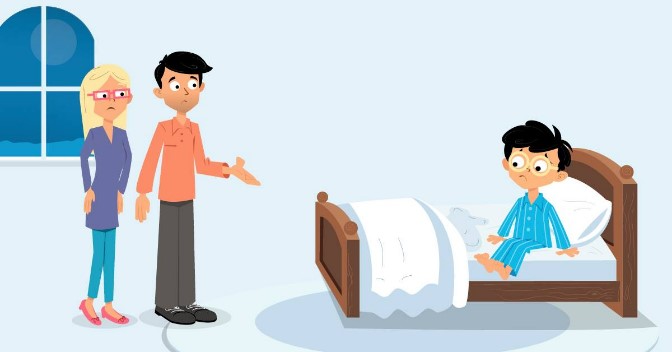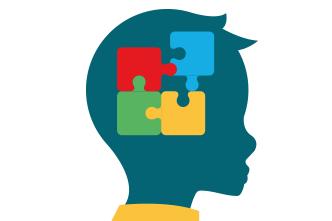
Bedwetting is in itself a difficult and distressing condition for patients and families. However, some children have other needs in addition to enuresis and these may have implications for assessment and management of the condition.
Neurodevelopmental disorders
There is an established link between enuresis and neurodevelopmental disorders including autism spectrum disorder (ASD) and attention deficit hyperactivity disorder (ADHD).1,2 It is therefore important that professionals supporting children with enuresis should have a basic knowledge of these conditions to enable effective management, and an interdisciplinary approach to care is recommended.
Children with ADHD are roughly twice as likely to have enuresis as those without ADHD, and children with enuresis are roughly twice as likely to have ADHD as those without enuresis, indicating a reciprocal relationship between these conditions.1 It is thought that this comorbidity is conferred by non-genetic aetiological links.3 Enuresis may tend to be more severe4 and to persist for longer in children with ADHD.3,5
Rates of enuresis are also higher in studies of children with ASD (median 22.6%),6 and these children also have particular risk for constipation and other functional gastrointestinal disorders. Treatment of incontinence problems in ASD is more time-consuming, requiring a structured and intensive behavioural approach.2
Rates of incontinence in children with learning disabilities tend to increase with the severity of disability. Some syndromes have increased risk for anomalies of the urogenital tract (e.g. Williams syndrome), gastrointestinal disorders (e.g. in Mowat–Wilson syndrome) or both (e.g. Down syndrome).
Neurodevelopmental disorders, if not treated, can interfere with attempts to address enuresis, reducing adherence and leading to poorer outcomes.2,7 The International Children’s Continence Society (ICCS) therefore recently published consensus-based recommendations for the management of patients with neurodevelopmental disorders (ADHD, autism spectrum disorder and learning disability) and incontinence or constipation.2
The same basic principles of assessment and treatment of enuresis (and incontinence) in typically-developing children also apply to children with neurodevelopmental disorders and learning disabilities, since in most cases the underlying, non-organic causes are the same. The ICCS therefore recommends that enuresis should be evaluated and treated by experienced professionals early on, and not neglected or assumed to be due to the patients’ comorbidities. Despite the similar aetiology of enuresis in these children, the presence of neurodevelopmental disorders can create additional challenges for treatment, with some particular considerations for each condition. For example, children with ADHD may have trouble responding to bladder sensations, remembering to take medication or being willing to comply with instructions; children with ASD may not understand social expectations around toileting, may have sensory issues relating to voiding, or may have difficulty understanding reasons for voiding before sleep; children with learning disabilities may have memory deficits or difficulties learning practical skills. These and other potential problems, and helpful strategies to address them, are presented in the ICCS consensus document.2 In general, medication may sometimes be a more practical and successful therapeutic strategy than behavioural techniques, including alarms, for bedwetting in these patients.2,4
Family problems
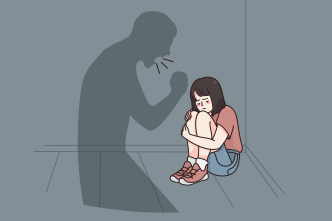
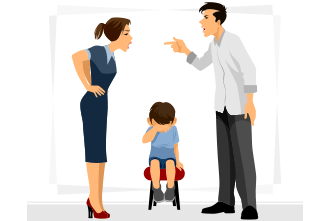
Other challenges that children with enuresis may face, which may complicate evaluation and management of the condition, include fragile home situations, such as divorcing parents or high levels of family dysfunction.8–10 In these situations, clinicians may have a tendency to attribute enuresis to stress or family problems. However, it is important for healthcare professionals to perform a full diagnostic evaluation to establish the aetiology of the condition in each patient.
Many families are currently under increasing financial pressure with rising costs of living. Bedwetting can represent an additional financial burden, for example due to increased washing and drying of bedding and the need to replace soiled mattresses more frequently.11,12 Young people in homes with financial difficulties or other stressors are at greater risk of abuse. This may come from caregivers who blame them for the accidents, or from peers, especially other siblings who may bully the child about the bedwetting.12
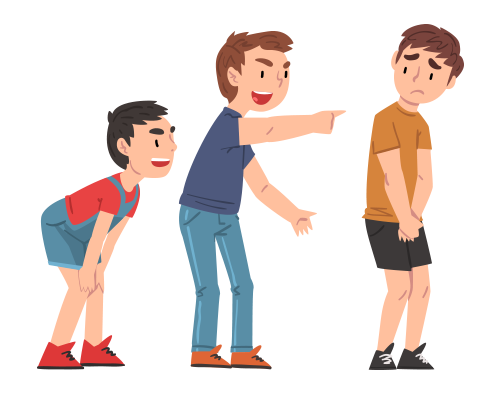
In such environments, it is possible not only that the cost, stress and frustration associated with enuresis further aggravates the dysfunctional home, but also that some types of treatment (e.g. the alarm) which require strong family involvement, may be less likely to succeed – and may even lead to greater family problems. Therefore, it is important that clinicians are sensitive to any particular difficulties within the home or family that may direct treatment choice towards the least disruptive option – usually pharmacological.
It has also been found that children in foster care experience enuresis at a higher rate than children in the general population.13 Those with enuresis tended to score lower on measures of adaptive and socialisation skills and higher on measures of anxiety, depression, and post-traumatic stress – such patients will need high levels of sensitivity from their foster carers and their clinician in order to form positive relationships that can work towards effective management of the problem.
Whatever other difficulties they face, children with enuresis deserve tailored and targeted support to help manage their bedwetting.
References
- de Sena Oliveira AC, Athanasio B da S, Mrad FC de C, et al. Attention deficit and hyperactivity disorder and nocturnal enuresis co-occurrence in the pediatric population: a systematic review and meta-analysis. Pediatr Nephrol. 2021;36(11):3547-3559. doi:10.1007/s00467-021-05083-y
- von Gontard A, Hussong J, Yang SS, Chase J, Franco I, Wright A. Neurodevelopmental disorders and incontinence in children and adolescents: Attention-deficit/hyperactivity disorder, autism spectrum disorder, and intellectual disability-A consensus document of the International Children’s Continence Society. Neurourol Urodyn. 2022;41(1):102-114. doi:10.1002/nau.24798
- von Gontard A, Equit M. Comorbidity of ADHD and incontinence in children. Eur Child Adolesc Psychiatry. 2015;24(2):127-140. doi:10.1007/s00787-014-0577-0
- Kovacevic L, Wolfe-Christensen C, Rizwan A, Lu H, Lakshmanan Y. Children with nocturnal enuresis and attention deficit hyperactivity disorder: A separate entity? Journal of Pediatric Urology. 2018;14(1):47.e1-47.e6. doi:10.1016/j.jpurol.2017.07.002
- Baeyens D, Roeyers H, Demeyere I, Verté S, Hoebeke P, Vande Walle J. Attention-deficit/hyperactivity disorder (ADHD) as a risk factor for persistent nocturnal enuresis in children: a two-year follow-up study. Acta Paediatr. 2005;94(11):1619-1625. doi:10.1080/08035250510041240
- Niemczyk J, Wagner C, von Gontard A. Incontinence in autism spectrum disorder: a systematic review. Eur Child Adolesc Psychiatry. 2018;27(12):1523-1537. doi:10.1007/s00787-017-1062-3
- Crimmins CR, Rathbun SR, Husmann DA. Management of Urinary Incontinence and Nocturnal Enuresis in Attention-Deficit Hyperactivity Disorder. The Journal of Urology. 2003;170(4, Part 1):1347-1350. doi:10.1097/01.ju.0000084669.59166.16
- Dische S, Yule W, Corbett J, Hand D. Childhood Nocturnal Enuresis: Factors Associated with Outcome of Treatment with an Enuresis Alarm. Developmental Medicine & Child Neurology. 1983;25(1):67-80. doi:10.1111/j.1469-8749.1983.tb13723.x
- Morison MJ. Living with a young person who wets the bed: the families’ experience. Br J Nurs. 2000;9(9):572-574, 576, 578 passim. doi:10.12968/bjon.2000.9.9.6294
- Aral A, Usta MB, Erguner Aral A. Factors associated with response to simple behavioral intervention in primary enuresis nocturna. Bulletin of the Menninger Clinic. 2022;86(1):67-89. doi:10.1521/bumc.2022.86.1.67
- Nørgaard JP, Andersen TM. Nocturnal enuresis–a burden on family economy? Scand J Urol Nephrol Suppl. 1994;163:49-54.
- Bulut S, Nazir T. Implications of Enuresis in Children and Their Families. Open Journal of Depression. 2020;9(3):31-42. doi:10.4236/ojd.2020.93004
- Castillo J, Pham S. Enuresis and psychological concerns in a foster care population. Psychological Trauma: Theory, Research, Practice, and Policy. Published online 2022 doi:10.1037/tra0001192
